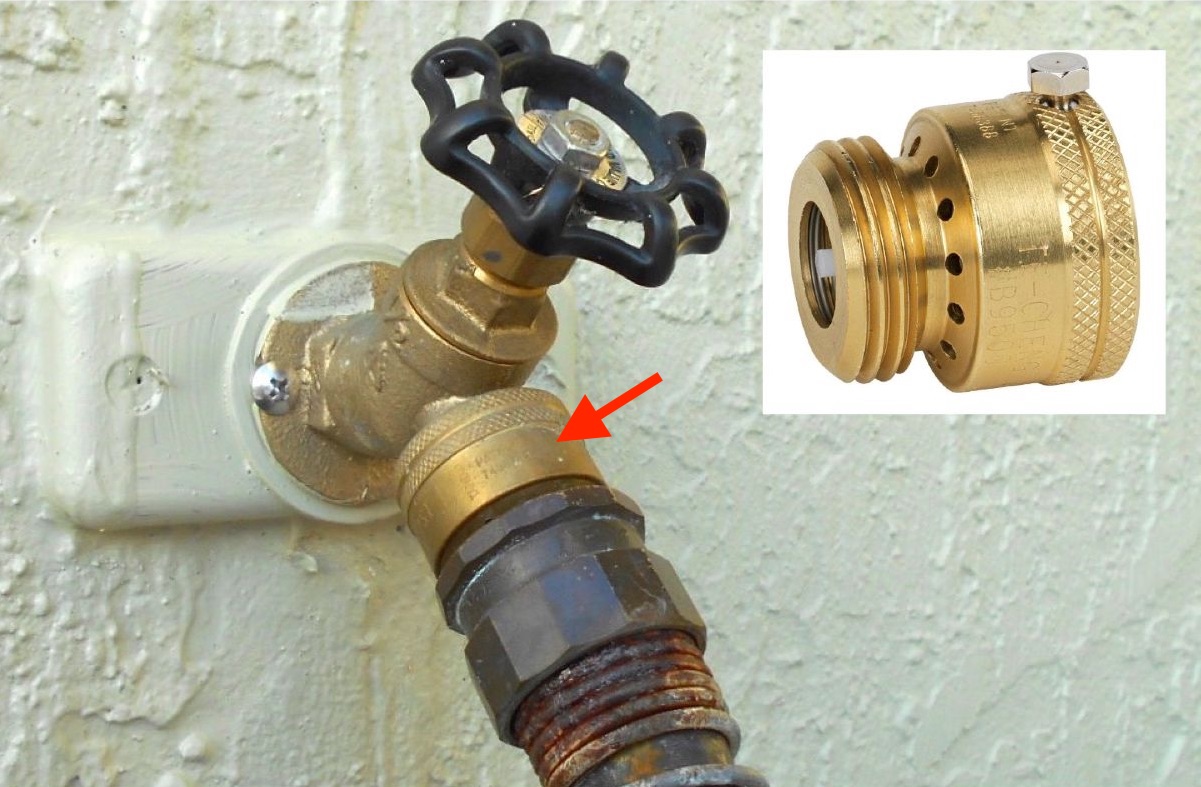FAQ's On Residential Backflow Inspection
Frequently Asked Questions
Why do I need to test my backflow preventer assembly annually?
A backflow preventer is a mechanical device and is prone to wear and tear. Sometimes parts inside the backflow assemblies do break down and fail, causing the device to not function properly and possibly letting in pollutants into your drinking water. Annual testing is required by CT State Health code to ensure the device is working properly.
Who is responsible for the repairs of the device or inspection?
The owner of the property is responsible for any repairs needed to the backflow preventer and correcting a failed inspection. Once corrected, the owner must notify the Water Department and a re-test of the device will occur.
What does the inspection consist of?
After testing the backflow device, the inspector will walk around the outside of your home conducting a visual inspection of water use (outside spigots, lawn irrigation system hook ups, etc.) to identify possible cross connections that may possibly contaminate your drinking water.
What are the common failed cross connection inspections?
The most common failed inspection is using a garden hose without an approved vacuum breaker attached to it. A hose bib vacuum breaker is required and is attach to any outside faucet and preventw any back siphonage of water going back into your drinking water. Newer style outside faucets (frost free) have vacuum breakers built into the top of them already.

Do I need to be home for the inspection and testing?
If the backflow device is on the outside, the Water Department will not need to enter your home. After the inspector tests the device, he will leave the test results at the premises. A $40 test fee will be added to your water bill for that quarter. If the device fails or if the inspector finds any issues that need to be addressed, the inspector will leave a notice that you please call our office to discuss with the inspector how to resolve the issue.
What if I refuse to correct a failed backflow test or inspection?
The customer has 30 days to correct any violation, failed test or refusal for an inspection. By code, the Southington Water Department will then notify the Health Department for their decision which can lead to termination of water service until compliance is met.
I have an inground irrigation system, but I might not use it this year, what should I do?
Any customer that has an irrigation system that are not being used must have the backflow device tested to comply with regulations. Backflow preventers that do not have water turned on to them for a long period of time are more prone to failures. Our inspector only needs the water turned on to the device to test, the whole irrigation system does not need to be energized. Customers who no longer use their irrigation system should remove the backflow device and provide an air gap to the system. You may call the office and speak to our inspector and he will guide you through this process.
How long does testing and the inspection take to complete?
Testing the backflow preventer and inspecting the premises normally takes 30 minutes
Can SWD repair the failed backflow device?
No SWD will not repair any failed device. It is the responsibility of the homeowner to have the device repaired.
Is there a re-testing fee if a backflow device fails?
No, once the backflow devis is repaired, the SWD inspector will go back and retest the device free of charge.
I notified SWD of my backflow device and want it tested now what happens?
The Water Department will put you on a testing list for our inspectors to test your device your device between the months of June - October annually.

